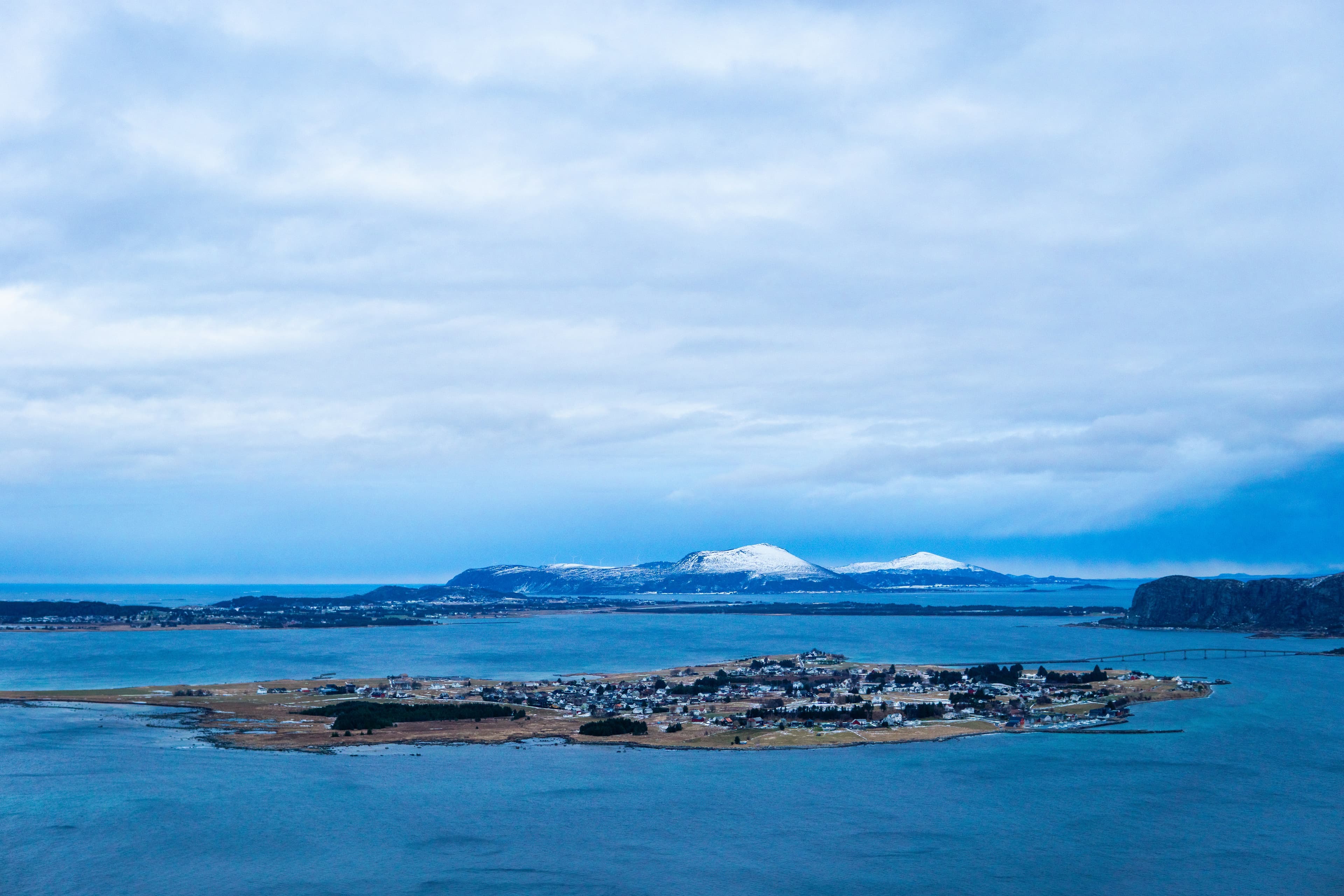
Exploring Norway's Fjords - AI Podcast
Learn about local customs and traditions in Norway's fjord regions, such as respect for nature and saying 'Takk for maten.' Discover the diverse wildlife you may encounter, including seals, porpoises, and seabirds. Find out about the accessibility options for travelers with different mobility levels when exploring the stunning Norwegian fjords.
ChatBotCast
Fjords are long, narrow inlets of the sea that are surrounded by steep cliffs or mountains. They are typically formed by the movement of glaciers over thousands of years. In Norway, fjords were formed during the last ice age, which ended around 10,000 years ago. As massive glaciers carved their way through the landscape, they created deep valleys that were later filled with seawater as the glaciers melted and the sea levels rose. The steep cliffs and mountains that surround the fjords were also shaped by the movement of the glaciers, creating the dramatic and picturesque landscapes that Norway is known for. Today, Norway is famous for its stunning fjords, which attract tourists from around the world who come to admire their beauty and explore the surrounding wilderness.
Source: Scandification